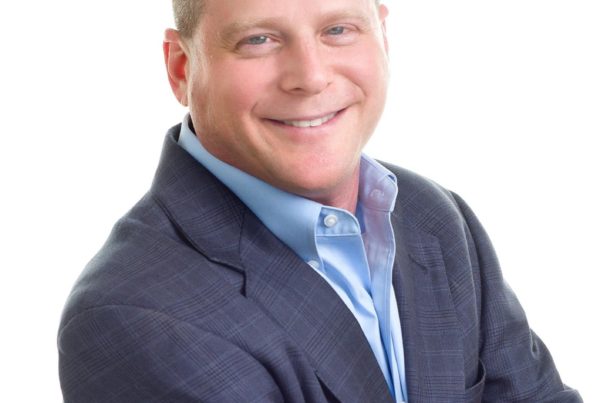(This column originally appeared in the Daily Herald)
As interest rates continue to increase and fears of a recession loom, it is becoming harder for some small businesses to get financing.
However, one very good option remains: the U.S. Small Business Administration. Thanks to a slowing economy, SBA loans have been growing in popularity. In 2022 the agency approved about 57,000 loans totaling $35 billion, with about $1 billion specifically in Illinois and the numbers are already increasing so far in 2023.
“We’ve a seen much more interest in these loans this year,” says Tom Huffman, a senior vice president at Wintrust Bank, which serves many businesses throughout the suburbs. “And we’re expecting these loans to continue to be popular.”
Getting a loan from the SBA is easier than through a traditional channel because loans are backed by the federal government and the agency — through its network of banking lenders — are tasked with getting funds out to businesses around the country that need it most.
The most popular choice has been the Section 7(a) loan. Under this program businesses can borrow up to $5 million for working capital, inventory, property, equipment and real estate. The SBA will guarantee 85 percent for loans up to $150,000 and 75 percent for loans greater than $150,000 and collateral may include personal assets.
The SBA also offers smaller and “express” loans under this program as well as loans specifically for companies who are involved in international trade. Interest rates are negotiated between the bank and the borrower but can’t exceed amounts set by the SBA and repayment periods can be as high as 25 years.
The SBA also offers a Microloan program for very small businesses that can provide up to $50,000 in relatively quick financing that can be used for working capital, inventory, supplies, furniture, machinery and equipment. These loans come with a slightly higher interest rate and shorter payment terms (six years) and the proceeds cannot be used to pay existing debts or to purchase real estate.
There’s also a “504” loan program that can be used for the purchase or construction of existing buildings or land, new facilities, long-term machinery and equipment or modernization of infrastructure around a business. The 504 loans are offered through Certified Development Companies.
Regardless of which program you choose, the process will still require due diligence. Huffman says that, even though most of the loans are guaranteed by the federal government, you have to approach an SBA loan like any other loan. Documentation is required and questions will still be asked. And the SBA will never finance your entire deal — you’ll likely have to come up with at least 10 percent of equity.
“Regardless of the federal guarantees, no one wants to see a default,” he says. “You will have to go through a loan approval process and be prepared to show historical financial statements, tax returns, important agreements and any other documentation that the lender asks for. We also want to make sure there’s also a good plan for paying back the loan.”
That means having a strong business plan that includes projections.
“What we see are a lot of business owners coming to us for loans who are not really prepared for what a bank is really looking for,” says Steve Lasiewicz, the director of government guaranteed lending at Busey Bank in Schaumburg. “They say, ‘I need a half a million-dollar loan to start this business,’ but they don’t have a business plan or reasonable projections.”
Lasiewicz says that a business owner’s projections need to show how they’ll spend the money loaned and have good assumptions.
“A gas station owner, for example, can get traffic counts from the Illinois Department of Transportation and estimate a percent that will stop for gas and spend in their convenience store,” he says. “Those are the kind of assumptions we’re looking for.”
Huffman agrees and says that his bank always asks for monthly projections that are as realistic as possible.
“You have to be able to detail worst-case scenarios and show how and when the business can operate on its own and be able to pay off or start paying the monthly payment that’s required,” he says.
If you’re not sure how to come up with a business plan with projections, Lasiewicz recommends relying on your accountant or getting free help from SCORE, a service provided by the SBA that offers free consulting services provided by mostly retired business people.
“SCORE volunteers have more data than anybody can imagine,” he says. “Many of them used to be business owners, accountants and bankers and they’re now volunteering their time to help out small businesses.”
Lasiewicz also recommends talking to more than one SBA lender and to focus on preferred lenders who are given the authority to process, close, service and liquidate SBA-guaranteed loans.
“Every bank is different, and not everyone has the same lending requirements,” he says. “So if you get turned down by one bank, it doesn’t mean that every bank is going to turn your deal down. You want to work with SBA preferred lenders that have been doing this for a long time and have experience in your industry.”

